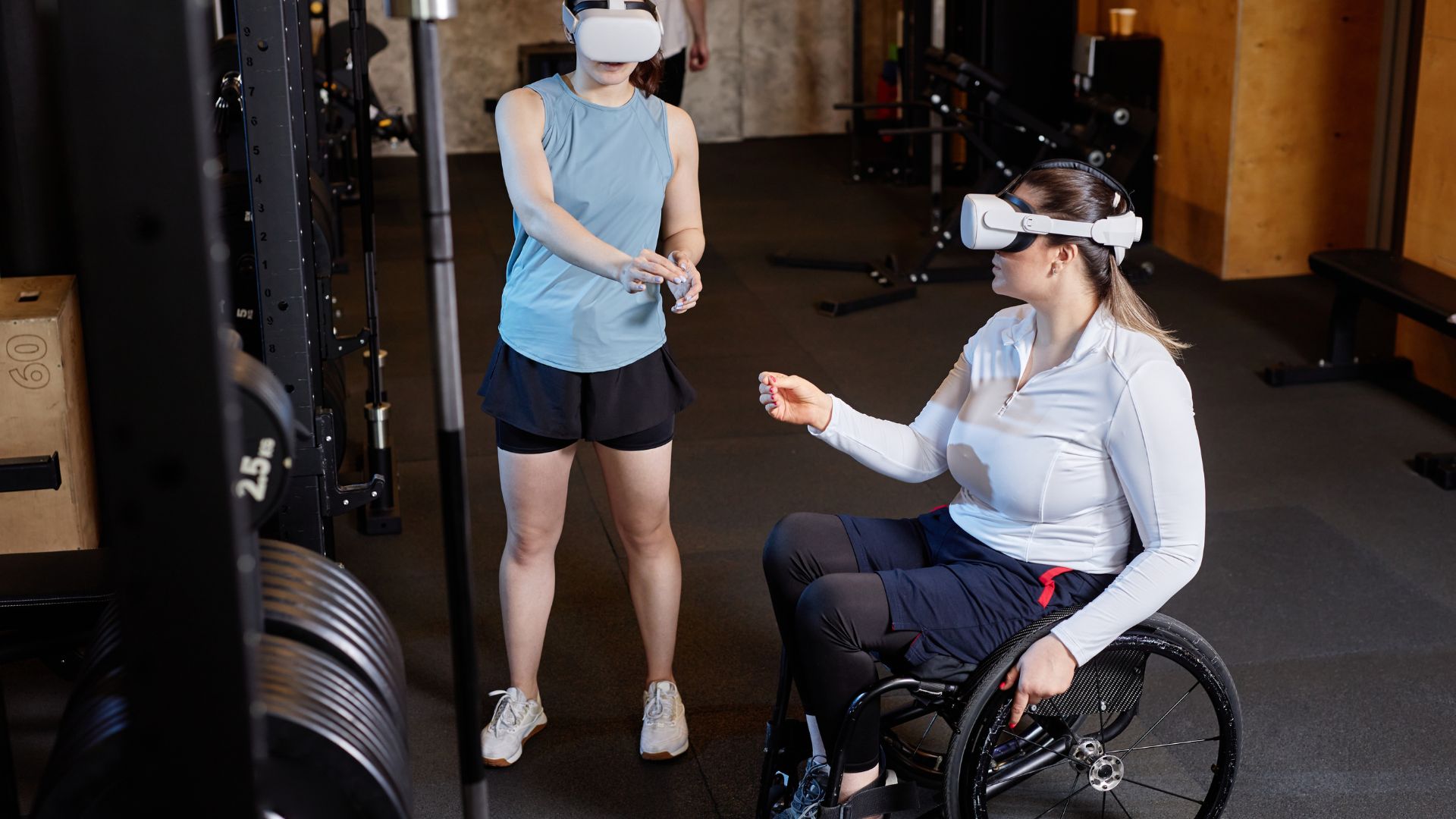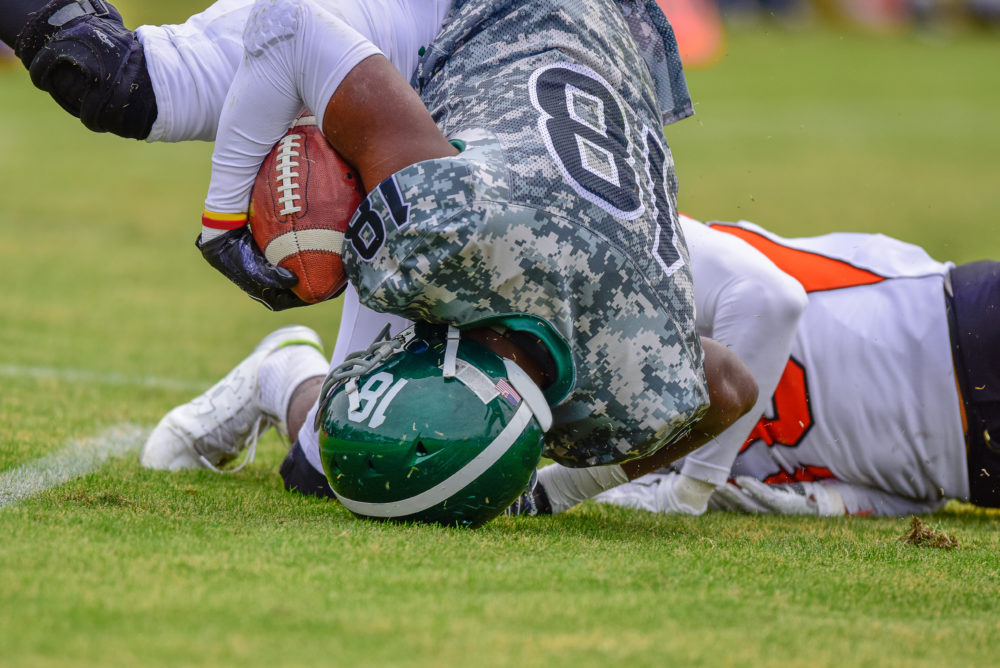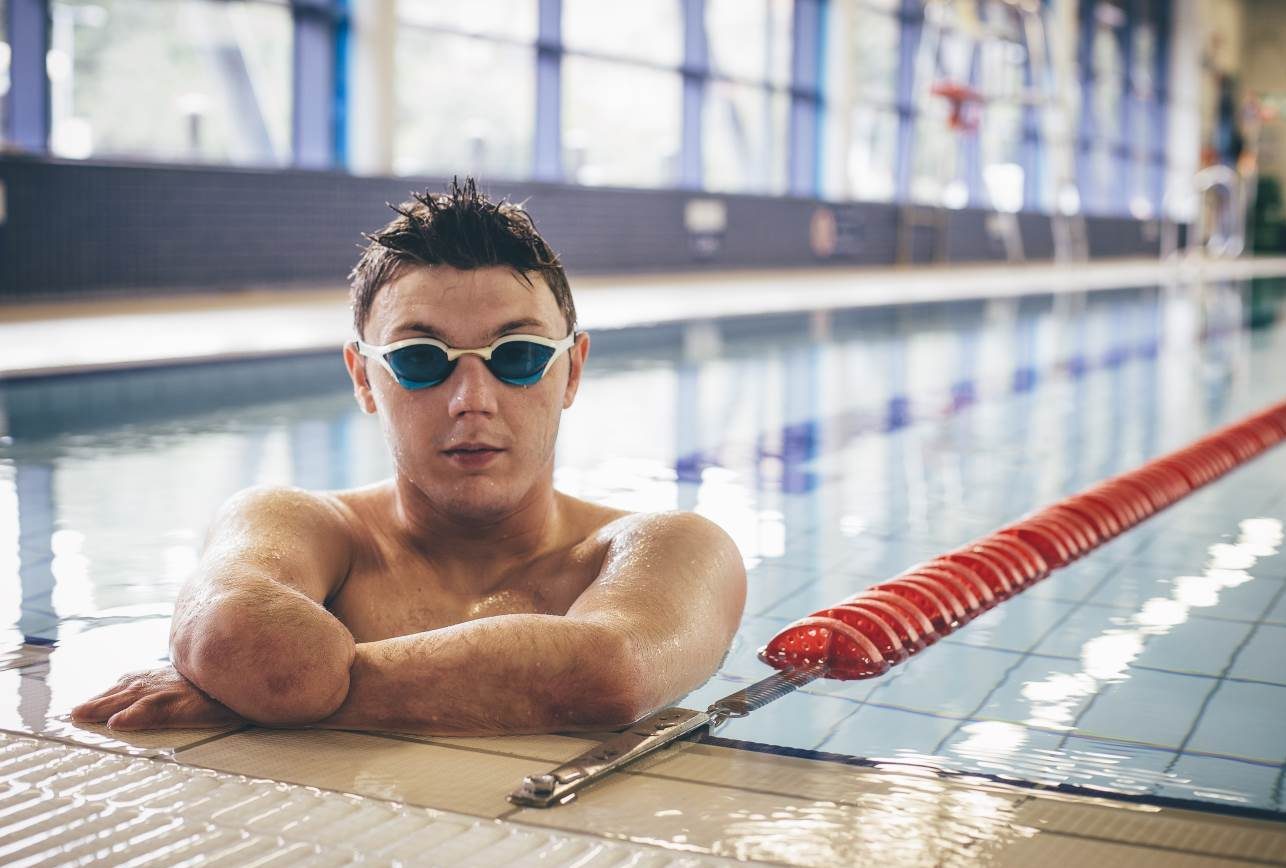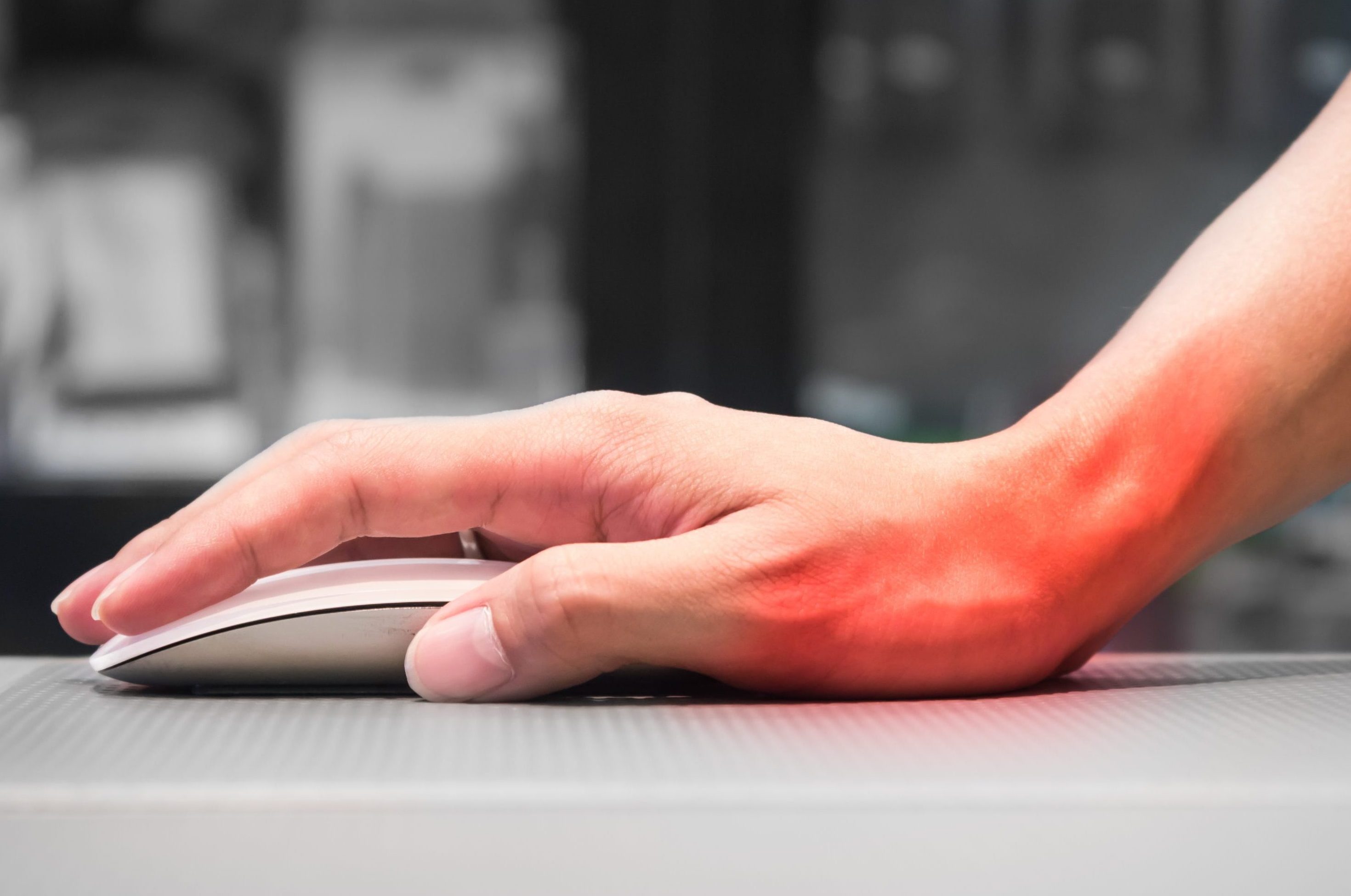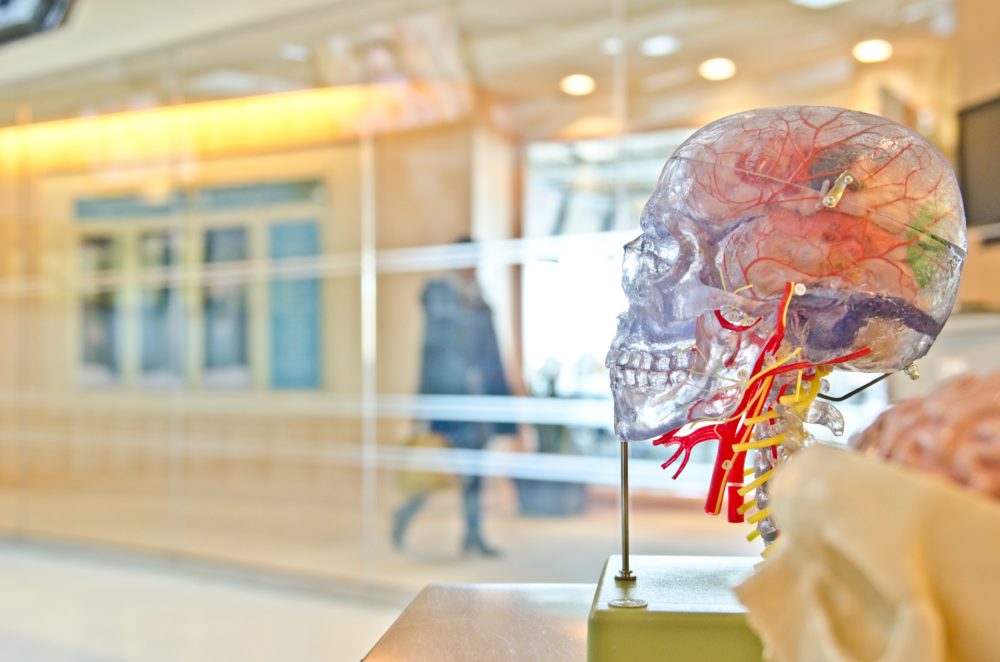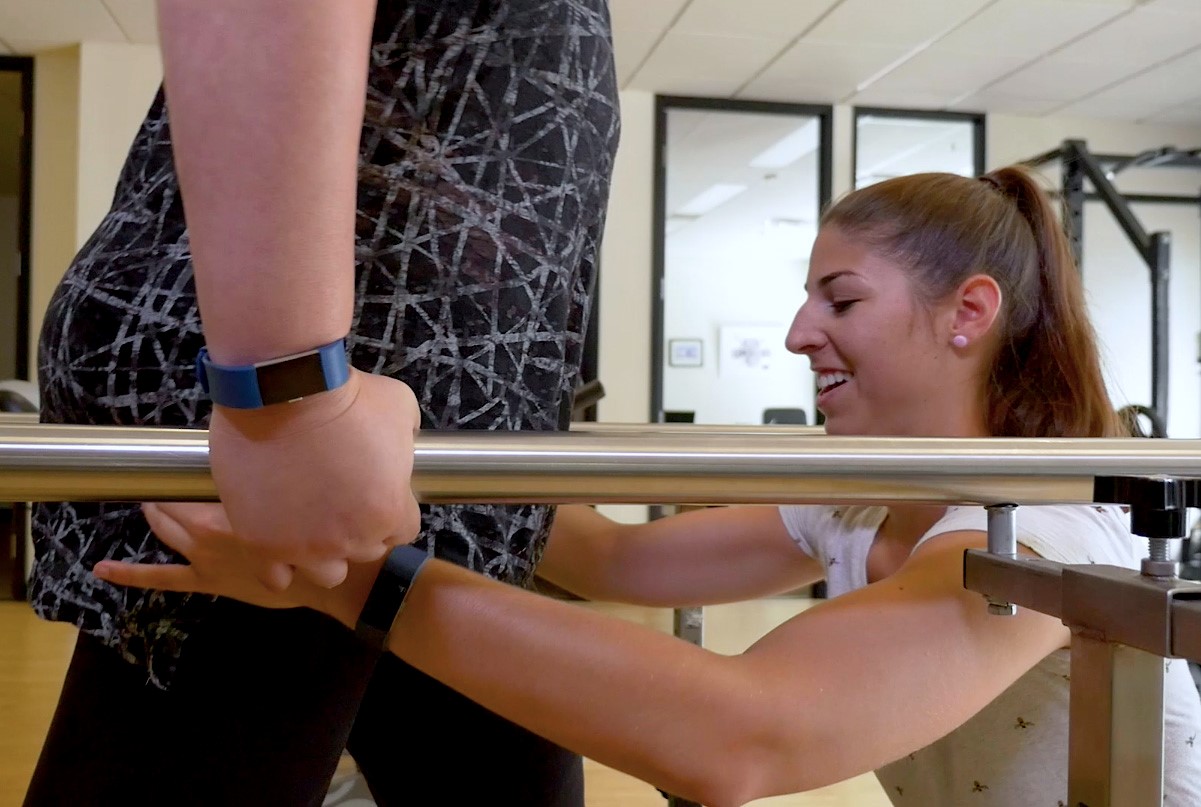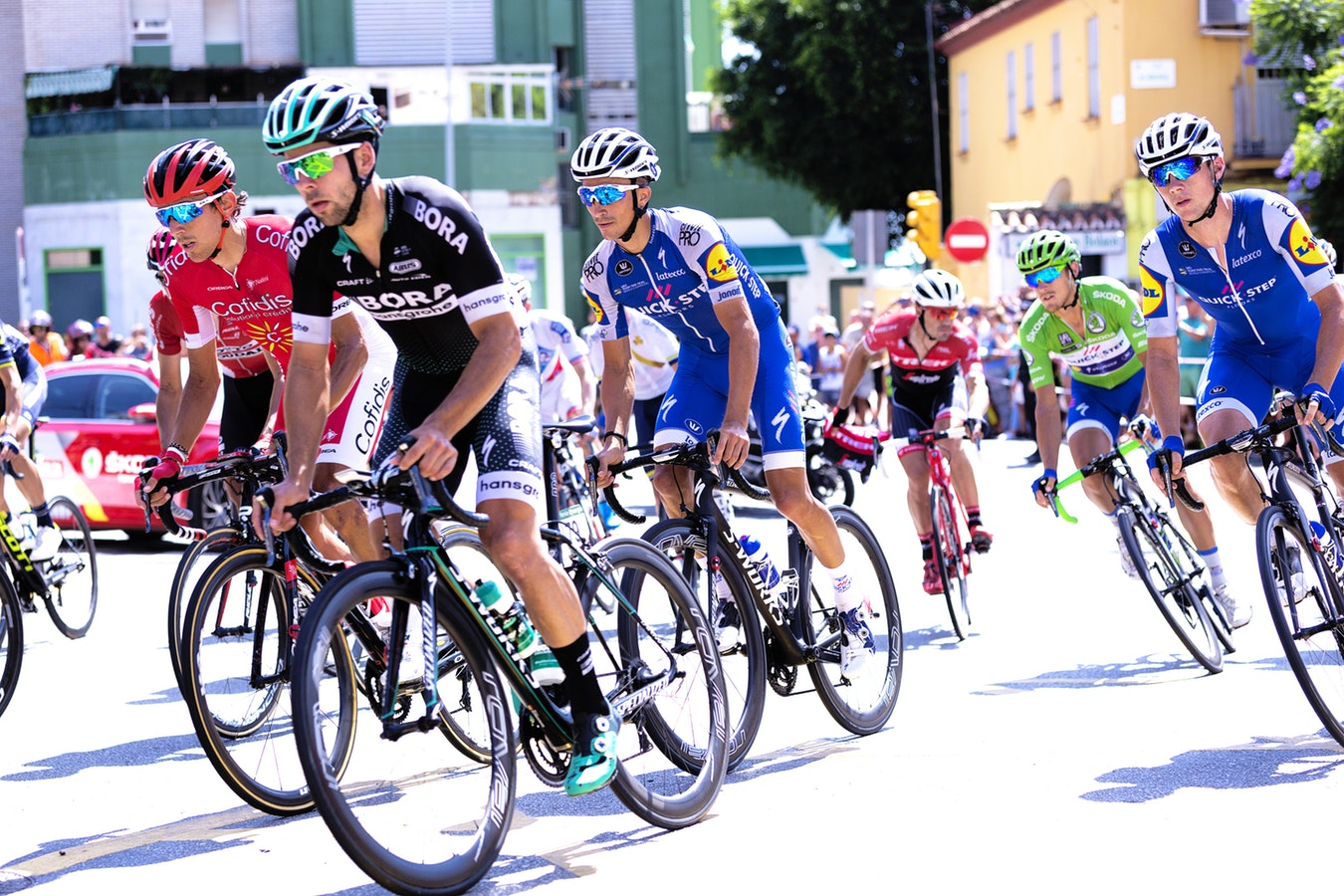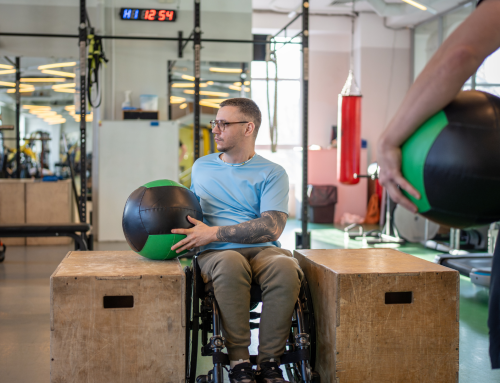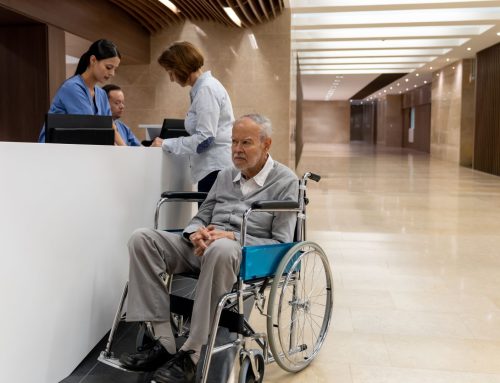The rapid evolution of wearable technology is fundamentally changing healthcare practices, and rehabilitation is no exception. As the demographics of Canadians change with more individuals managing multiple, complex conditions, providing effective and accessible rehabilitation has become a challenge for the healthcare system.
Wearable technology is emerging as a pivotal tool to address this, offering a way to extend care beyond the clinic, enhance the effectiveness of interventions, and help bridge critical gaps in access.
In my latest article, I explore the role of wearable technology in rehabilitation and recovery, as well as the types of technologies relevant to physiotherapy. I also discuss which clients may benefit from these wearables and the challenges and considerations for integrating wearables into your rehabilitation program or daily activities.
Table of Contents:
- The role of wearable technology in rehab and recovery
- Types of wearable technologies trending in rehabilitation
- Who can benefit from wearable technology in healthcare
- Challenges of integrating wearable technologies into rehabilitation
- Conclusion
The Role of Wearable Technology in Rehabilitation and Recovery
Wearable devices offer objective, continuous data that allows physiotherapists to monitor patients’ progress between appointments, tailor interventions, and build more responsive care plans. Wearables help create a more complete picture of how patients move, recover and respond to certain exercises between visits.
One of the most powerful features of wearable technology is its ability to support remote monitoring and feedback. By using sensors or smartwatches, physiotherapists can track activity levels and adherence to certain exercises. This creates a feedback loop, where physiotherapists can adjust exercise recommendations and provide targeted support more accurately and between sessions if needed.
Wearables work well alongside exercise therapy. Data from the device can help adjust your program to know when exercises can be progressed or troubleshoot when there are barriers like fatigue or, pain.
Wearable technology also generates objective data that enhances clinical decision-making. Data points such as a patients’ heart rate, blood pressure, and in some cases movement patterns, can provide measurable evidence of progress or lack thereof.
Engagement is key for successful rehabilitation, and staying engaged can be difficult when progress feels slow or repetitive. Real-time cues, goal tracking, and gamified experiences help keep patients motivated and consistent. Virtual reality platforms, for example, have been shown to improve mobility outcomes for stroke survivors by turning rehab into an interactive experience.
Together, these technological advances are reshaping how physiotherapy is delivered and experienced. Wearables and related tools are not a replacement for skilled clinical care—they are an extension of it, designed to give patients more support, more information, and more agency in their recovery.
Types of Wearable Technologies Trending in Healthcare
The landscape of healthcare wearables has expanded far beyond the basic fitness tracker, offering a sophisticated suite of tools tailored to specific medical and rehabilitative needs. Today’s trending technologies can be categorized by their primary function, from providing emergency safety nets to delivering deep biomechanical insights.
Smartwatches with fall detection & movement tracking
Apple watch, and other smartwatches, have the ability to detect a “hard fall,” alert emergency contacts, and also track activity levels. For older adults or people with balance or mobility issues, wearables can provide an extra layer of security.
Likewise, smart watches track biometric markers such as heart rate and blood pressure, so if something is not within normal limits, this can alert the patient to follow up with a medical professional.
That said, the technology is not perfect in every use case. Apple Watch’s fall-detection in wheelchair users has very poor sensitivity with only a small number of falls that are detected and trigger a response. On the flipside, false alarms also occur. Though, for folks with balance issues and older adults, this can assist with fall detection and improving outcomes post-fall.
Movement Tracking
Wearable sensors are being successfully integrated into musculoskeletal rehabilitation programs. Sensors are placed around the joints being tested, and the sensors detect movement quality and quantity (i.e.: range of motion), giving both the patient and physiotherapist feedback.
Gait (a person’s walking pattern) can also be analyzed with these sorts of technology. They often rely on small inertial measurement units (IMUs) which are accelerometers placed on the pelvic, trunk, foot, or shin to measure timing of steps, patterning of the step, cadence, and symmetry with walking. They can be used for gait retraining by providing feedback, and quantify changes between sessions.
Wellness Trackers
Wellness trackers, like the Oura Ring, focus on many health markers such as sleep, heart-rate variability, temperature, and daily “readiness” score. They can be helpful for pacing and recovery awareness, especially after surgeries. Though these are not physiotherapy-specific, it often helps patients to understand how their energy levels and sleep quality can be impacted by their rehab and progress.
Virtual Reality Systems
Motion‑sensor gaming and virtual reality systems (VR) can transform tedious exercises into engaging tasks. Patients using VR for inpatient stroke rehab showed improved mobility outcomes. Gamification also boosts motivation and adherence. Mixed‑reality headsets and augmented reality (AR) applications that enhance the real world by overlaying digital information, such as images and 3D models, onto a user’s environment are making home‑based neurorehabilitation more interactive and data‑rich.
This diverse wearable technology ecosystem means there is now a powerful technological aid for nearly every stage of the healthcare journey.
Who Can Benefit from Wearable Technology in Healthcare?
Wearable technology has moved far beyond counting daily steps, emerging as a powerful ally in personalized healthcare and rehabilitation. But who stands to gain the most from these advanced tools? This technology is particularly transformative for individuals on a structured recovery journey.
- People recovering from a surgery
- Anyone planning on returning to the gym following a surgery and need to focus on quality of movements to avoid injuries
- Individuals working on gait retraining, balance, fall prevention
- People experiencing concussion symptoms who need assistance with increasing their exercise tolerance
- Anyone who wants pacing and recovery awareness (sleep, activity, fatigue)
Essentially, anyone seeking a deeper, data-driven understanding of their body’s pacing, recovery needs, and fatigue patterns can find a powerful partner in today’s healthcare-focused wearables.
Challenges Integrating Wearable Technology Into Rehabilitation
Not every condition requires a wearable technology solution. Often wearables are good adjuncts to therapy but not required. Your therapist can recommend devices when they are likely to help and find an option that suits your specific needs and lifestyle.
Comfort, ease of use, and consistency are important when selecting and using a wearable technology in rehabilitation. For example, if a client forgets to charge the device regularly or finds it too difficult to navigate, or cumbersome to wear it will negatively impact its ability to support your rehabilitation goals.
Privacy and security should always be the top priority of any wearable health technology company. If you are ever hesitant, ask how the information is stored and who the information is shared with to ensure your private health information is secure.
Conclusion
The surge in consumer wearables has inspired many patients to self‑manage their rehabilitation. In practice, consumer wearables work best when integrated with clinician guidance. They help patients maintain accountability between visits, but they don’t interpret data or adjust programs on their own. Always involve your physiotherapist when selecting and using any device.
If you are curious about a certain wearable technology, speak to your physiotherapist. They can help determine whether a device is appropriate, match it to your goals and integrate the data appropriately into your treatment plan to make sure the plan is tailored to you.
Written by

